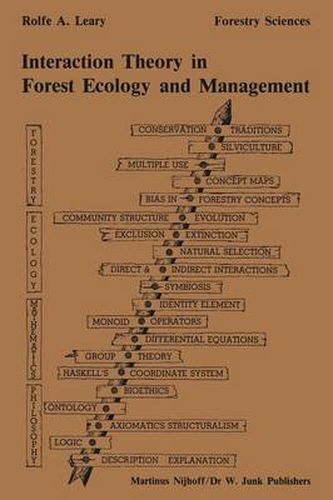Readings Newsletter
Become a Readings Member to make your shopping experience even easier.
Sign in or sign up for free!
You’re not far away from qualifying for FREE standard shipping within Australia
You’ve qualified for FREE standard shipping within Australia
The cart is loading…






This title is printed to order. This book may have been self-published. If so, we cannot guarantee the quality of the content. In the main most books will have gone through the editing process however some may not. We therefore suggest that you be aware of this before ordering this book. If in doubt check either the author or publisher’s details as we are unable to accept any returns unless they are faulty. Please contact us if you have any questions.
As J understand it, a book Preface is where the author explains to the reader how the book in hand came about, something of the personal reasons for having inflicted such extended duress on one’s self to complete the manllscript. and other items that are fit to say but do not fit in the text. This book had its conceptual beginnings in the 1970’s wit h my ‘studies in scientific synthesis at the North Central Forest Experiment Station, St. Paul, Minnesota. Ours is, clearly, the age of analysis. But, I felt, we must soon begin frameworks for synthesis, or a synthesis would never be possible. In short, I hoped to develop 'interaction’ as an integrative principle in forestry. As work progressed on the manuscript, other subthemes developed. First, there was the vague feeling on my part that the forestry profession was losing ground in the contest to see who should manage the forests of the world. This was happening not because foresters do not know how to manage forests in a reasonable manner, but because the public seemed to be loosing faith in the judgement of foresters as professional, responsible, wise land managers. Several well-known incidents of poor judgement in timber harvesting methods on national forests in the United States did little to help the forester’s image.
$9.00 standard shipping within Australia
FREE standard shipping within Australia for orders over $100.00
Express & International shipping calculated at checkout
This title is printed to order. This book may have been self-published. If so, we cannot guarantee the quality of the content. In the main most books will have gone through the editing process however some may not. We therefore suggest that you be aware of this before ordering this book. If in doubt check either the author or publisher’s details as we are unable to accept any returns unless they are faulty. Please contact us if you have any questions.
As J understand it, a book Preface is where the author explains to the reader how the book in hand came about, something of the personal reasons for having inflicted such extended duress on one’s self to complete the manllscript. and other items that are fit to say but do not fit in the text. This book had its conceptual beginnings in the 1970’s wit h my ‘studies in scientific synthesis at the North Central Forest Experiment Station, St. Paul, Minnesota. Ours is, clearly, the age of analysis. But, I felt, we must soon begin frameworks for synthesis, or a synthesis would never be possible. In short, I hoped to develop 'interaction’ as an integrative principle in forestry. As work progressed on the manuscript, other subthemes developed. First, there was the vague feeling on my part that the forestry profession was losing ground in the contest to see who should manage the forests of the world. This was happening not because foresters do not know how to manage forests in a reasonable manner, but because the public seemed to be loosing faith in the judgement of foresters as professional, responsible, wise land managers. Several well-known incidents of poor judgement in timber harvesting methods on national forests in the United States did little to help the forester’s image.